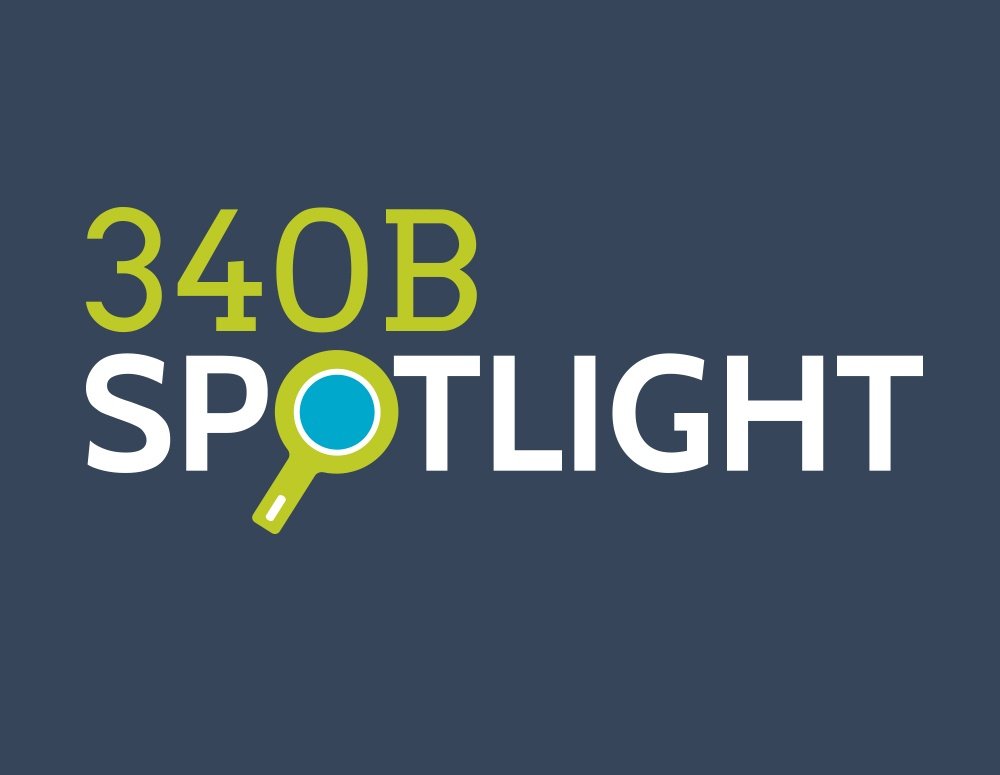
Data and analyses continue to show the 340B program influences prescribing trends at 340B hospitals – ultimately costing patients and our health care system more money. The Government Accountability Office (GAO), for example, conducted an analysis that found per-patient spending at 340B disproportionate share hospitals (DSH) significantly exceeded spending at non-340B hospitals. In that analysis, GAO identified a “financial incentive at hospitals participating in the 340B program to prescribe more drugs or more expensive drugs to Medicare beneficiaries.” A 2018 report from Milliman confirmed similar patterns in the commercially insured population.
A new analysis from the Berkeley Research Group (BRG) provides further evidence the 340B program’s structure incentivizes hospitals to use more expensive treatments and drives up costs for both taxpayers and Medicare beneficiaries. BRG analyzed changes in per beneficiary Part B medicine spending at 379 DSH hospitals before they were enrolled in 340B and then after they were enrolled in 340B, as well as at non 340B hospitals over the same time period. BRG found that Medicare Part B medicine spending per patient increased by nearly a third once hospitals enrolled in the 340B program. Key findings from the new study include:
- Across the 379 hospitals, on average, patients at enrolling 340B hospitals saw their total drug spend increase by 32.4 percent in the year following the hospital’s enrollment in the 340B program.
- For each patient, per-date-of-service drug spend increased by 20.6 percent for 340B hospitals in their first year of 340B enrollment as compared to the year prior. This compares to a decrease of 4.7 percent for the hospitals not participating in 340B.
As a result of 340B incentivizing prescribing trends toward more or more expensive medicines at 340B hospitals, patients and insurers are paying more out of pocket in the form of cost sharing and premiums. While the 340B program was designed to help provide access to medicines for vulnerable or uninsured patients, there is little evidence the program has in fact helped patients. The New England Journal of Medicine has explained that “lawmakers could lower the price of prescription drugs by reforming the federal 340B Drug Pricing Program. […] The scope of the 340B program is currently so vast for drugs that are commonly infused or injected into patients by physicians that their prices are probably driven up for all consumers.” Policymakers must continue to push to fix the 340B program to ensure patients benefit, especially as we look for ways to address patient access and affordability challenges.
To learn more about the 340B program and ways it could be fixed, visit PhRMA.org/340B.




